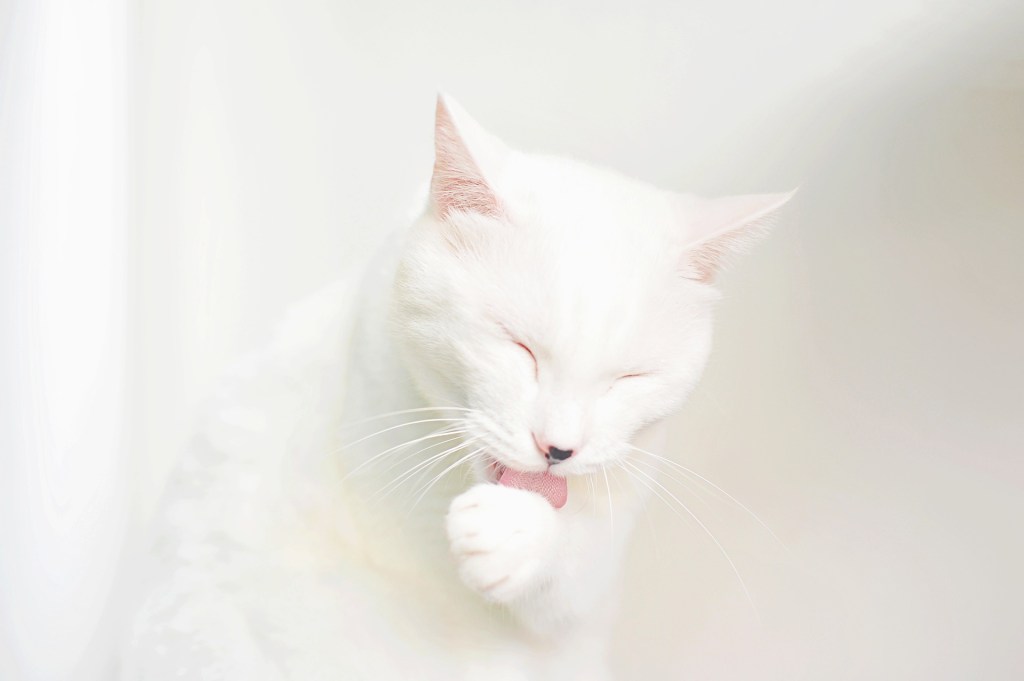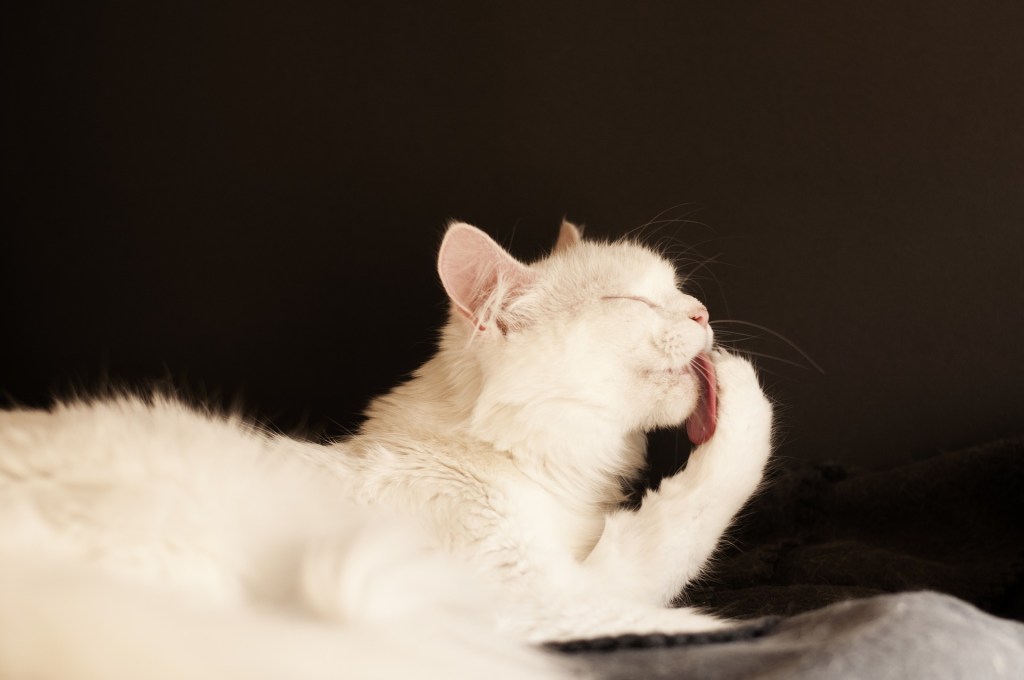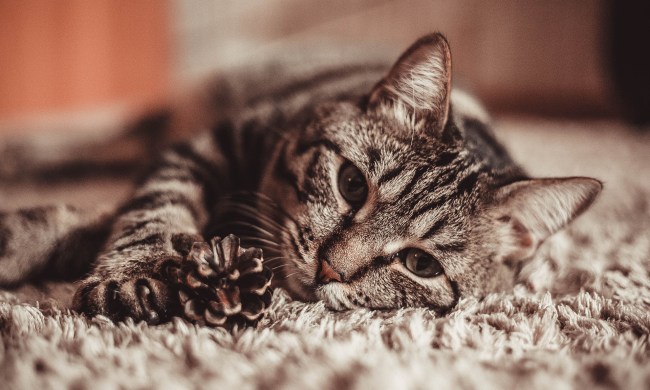When you share your life with cats, hairballs are to be expected. It’s a fact of life that cats will vomit up hairballs, and you’ll all too often discover them with your bare foot in the middle of the night. While hairballs are commonplace for cats, they’re not always as harmless as you would think. In fact, the frequency at which your cat vomits up hairballs could provide you with data and warning signs about potential health issues. If you’re not yet tracking how often your cat vomits up hairballs, now is the time to start — you could learn important information about your cat’s health.

What are frequent hairballs?
Hairballs are, to an extent, a normal part of life for your cat. Cats swallow and ingest hair while they groom themselves, and when that hair becomes too much for their stomachs to digest, they vomit up a hairball.
Some hairballs are to be expected, and there isn’t yet any data on how many hairballs are too many. Factors like the amount of hair your cat has and how fastidiously he grooms himself can affect the number of hairballs he produces. It’s reasonable to expect a cat to have a hairball per week.
But if your cat starts producing hairballs more frequently, that could indicate an underlying health condition. In some rare cases, hairballs can become stuck within your cat’s digestive system, so if you suspect something is amiss with your cat’s hairball production, be sure to call your vet.
Frequent hairballs and your cat’s digestive health
If your cat’s digestive system can’t move the hair through, your cat forms a hairball. So, if your cat is frequently vomiting up hairballs, this could indicate that he’s experiencing a digestive issue.
A food intolerance, intestinal parasites, or even kidney disease could all contribute to this increased vomiting. Sometimes digestive issues are related to the bacteria in your cat’s stomach. If that bacteria becomes imbalanced, it can lead to issues like inflammatory bowel disease.
Some of these issues can be fairly easily fixed. Changing your cat’s food might help reduce his vomiting frequency and hairballs. Your vet might be able to diagnose your cat based on symptoms alone, might recommend a diet change to rule out food allergies, or might take X-rays of your cat’s abdomen.
If you hear your cat vomiting, check frequently to see if he’s actually vomiting up a hairball or if he’s just coughing. Cats who just cough can be experiencing other health issues entirely, including respiratory problems and lung conditions. Being able to provide your vet with this information can help with your cat’s diagnosis.

Frequent hairballs and overgrooming
Your cat might also be producing frequent hairballs because of overgrooming. If your cat seems to fixate on grooming himself or grooms himself too intensely, he could be swallowing more hair than normal, leading to the hairball issue.
Multiple issues can cause overgrooming:
- Some cats overgroom because of anxiety, which might be prompted by large life changes, like a move to a new house.
- Allergies also can contribute to overgrooming, since your cat may groom himself to try to relieve the discomfort of dry, itchy skin.
- If your cat has fleas, he might groom himself excessively to relieve the itching.
- Food allergies and skin sensitivities can also cause overgrooming.
Your vet may examine skin samples and ask questions about your cat’s behavior to get to the root of what’s causing his overgrooming. You might need to explore diet changes, flea treatments, and medications or supplements to support your cat’s skin health to treat the issue.
If you suspect that your cat’s hairball production is too frequent, then a trip to the vet is in order. Your vet can do a thorough examination and evaluate your cat for potential health issues. If your vet determines that all is normal, then you can help reduce your cat’s hairball production through thorough, regular grooming. Your vet might also recommend oral hairball aids to help your cat pass ingested hair. If your cat has fleas, then treating the fleas may reduce his grooming and the hairballs he’s producing. Getting to the bottom of a hairball issue can take some time, but it’s important to make sure there isn’t a health issue causing the problem.


